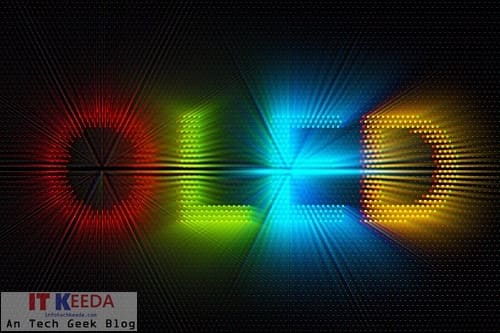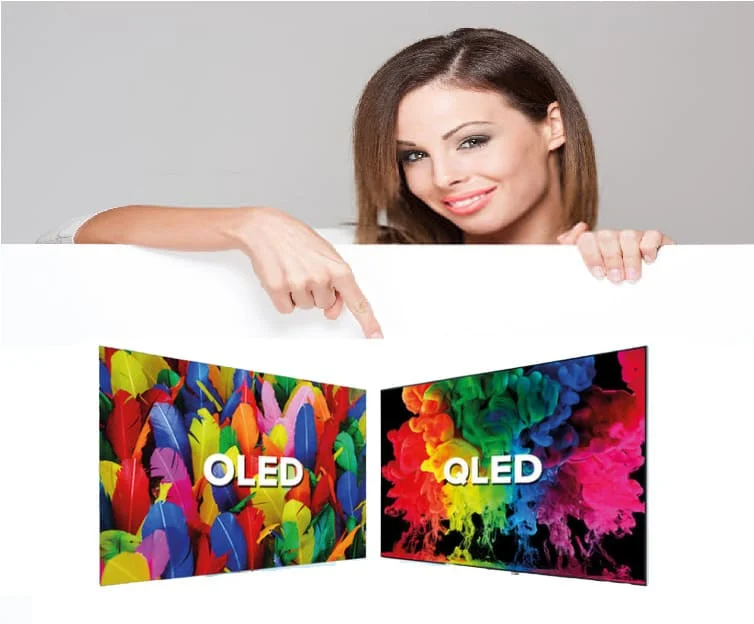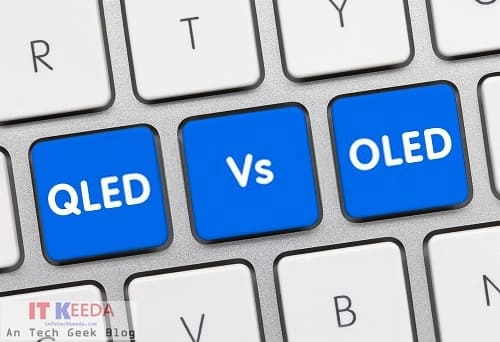However, both the most common terms you may see whenever choosing supreme quality TVs are both OLED and QLED. The technology in it has quite a few gaps, Even though terms are simple to confuse. Is it that they seem the exact very same, however, work?
If somebody would like to get a brand new TV, then you might have to know plenty of abbreviations: 8K, 4K, UHD, HDR, and thus forth. Companies Like LG, Samsung, Sony, and many others – They confound exclusive advertising and advertising and advertising stipulations, for example, for instance, Motionflow and also UltraBlack XR and buyers.
Table of Contents
What is the difference between OLED and QLED tvs
We Wrote some major difference between in both of the TVs type how they work, Difference in image quality. So in the end of the article you will understated the differences clearly
HOW QLED TVS WORK
QLED is also actually a sophisticated edition of the tech of liquid crystal display screens (liquid crystal display ) using LED backlight (LED). There is disagreement regarding that which will be better: liquid crystal display TVs or plasma screen panels.
Liquid crystal display technology overlooks the tv screen industry and has now succeeded. As a backlight that communicates the picture, the LEDs function on such televisions.

However, really just an issue is with led-LCD TVs: the coloration of this picture and backlight quality in the LCD display may range.
QLED attempts to work out this issue by inserting a thin coating, named a quantum to scatter filter, directly between your LED backlight and also the liquid crystal display screen (that the prefix”Q” arises from your term quantum system ).
A quantum scatters filter calms the light emitted to find yourself a more substantial, much far more intense and brighter hue.
The Royole Flexpai | Cheapest foldable phone in market now | Know price
HOW OLED TVS WORK
When in comparison to led-LCD TVs, OLED displays really are various tech. OLED stands for natural blossom diode. In an OLED television, pixels exude their own light in the place of being emphasized.

It follows there is not any demand to get the LCD display screen. Just about every OLED pixel includes three so-called”micro pixels” equivalent for the red/blue or green color matrix used to deliver hues. Since they comprise of films that are organic screens are ultra-thin.
Difference in image quality
OLED screens currently have better image quality and contrast. This technology better displays a deep black color, which is essential for scenes shot at night or in low light. This is because each OLED pixel can be completely turned off, and there will be no light coming from it at all.
On a regular TV, the LEDs never turn off ultimately, so they use dark or gray tones to simulate black. The difference can be noticed while watching night scenes. For example, many Games of Thrones fans complained that they could not make out the epic battle in the episode “Long Night” (all actions took place at night) from the final season, but the audience with OLED screens did not have such problems.
Since OLED pixels are individually controlled, they also change color quickly. This is important for things like games, watching sports or action movies. Also, OLED displays offer a more extensive range of viewing angles, and since there is no LCD screen, the TVs themselves are thinner.
QLED televisions, on the other hand, have better brightness thanks to a quantum dot filter. This is suitable for rooms with higher ambient lighting, such as a living room with lots of windows. QLED TVs are also much cheaper and have a longer life.
How to choose between QLED and OLED
Typically, OLED is a better choice if image quality comes first. Users appreciate the vibrant OLED colors, better contrast, and wider viewing angles compared to QLED. OLED is ideal for fast-motion footage such as video games or sports.
At the same time, QLED works better in bright rooms. Screen sizes are more significant than most OLED TVs, and they are cheaper. QLED screens do not suffer from burnout, while with OLED, this problem is quite frequent.
If priority is given to screen size and image brightness, a QLED TV is best. If your budget is unlimited and you want a more natural picture, OLED TVs are the right choice.
Much far more intense and brighter tone.
In the same period, QLED operates best in bright rooms. Screen measurements are somewhat larger than OLED TVs, plus so they indeed have been more economical. Whereas using OLED, this challenge is frequent QLED displays usually do not suffer in burn out.



















